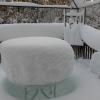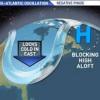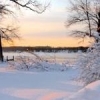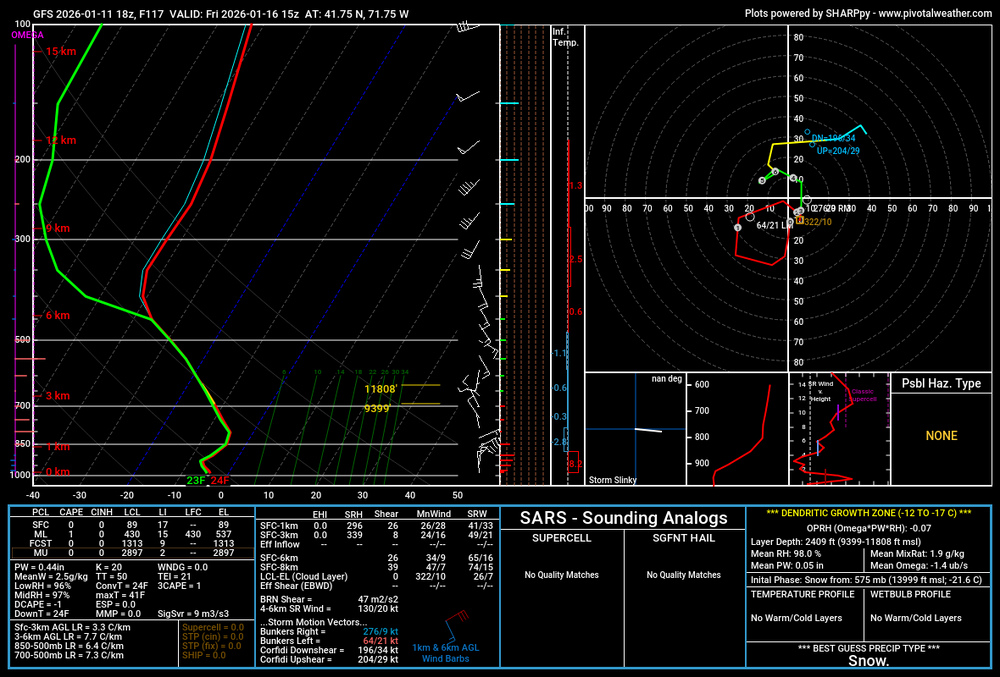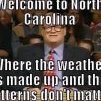All Activity
- Past hour
-
I would take an event like that. Oh well... lets see what the other products say
-
BX said no thread earlier - and I agree .
-
Nice snow squall here
-
Steelers have no business being in the playoffs lol
-
I need the Fecals to lose. Their fans are insufferable. Sent from my Pixel 10 Pro XL using Tapatalk
-
benjammin started following January 2026 Medium/Long Range Discussion and January Banter 2026
-
I've come to realize Jenkins is the most relentlessly optimistic poster we have. Polices tf out of all negativity. Has declared war on the futility thread! a thread I forgot existed but am now reminded of thrice daily by Jenkins. Here I thought I was annoyed by complaining! Kryptonite to Jenkins. Beware, this is a world class hopeful, idealistic, anything-is-possible person, a pure soul, and surly about it!
-
People saw a long shot HECS setup and got carried away. Cliff jumpers are on standby.
-
Gets 0.5"+ out my way even
-
Poundmetown
-
It's coming!
-
So how we doing
-
Even though that last storm is highly doubtful on the 18z GFS and because there is really a pause for a bit until the next models roll....that storm is a great example of a vortex coming into central or SoCal and causing a winter storm here, ie the Los Angeles rain rule. The GFS does seem intent on building a glacier in the Apps for sure. Prob isn't right, but lets see if the Euro AIFS has a hint of a storm around the 24-25th. Ensembles have keyed on that timeframe of late. Gonna be a fun clown map for the full run nonetheless.
-

Central PA Winter 25/26 Discussion and Obs
canderson replied to MAG5035's topic in Upstate New York/Pennsylvania
I’ve had 49 mph gusts. Just had a 45 straight for 2 mins. My recycling is now all over the street. -
It's always good to temper expectations, well done. Sent from my Pixel 10 Pro XL using Tapatalk
-
-
I can easily see a warning event for the border above 3,500 ft
-
Gets going to late. More of NE storm.
-
Panic room already exists, though getting a couple inches out of this isn’t justifiably panic worthy given the HECS nature being a long shot.
-
Can we start a thread to silo the whining there?
-
My kids have the flu so I feel this
-
I think it’s the low placement from what I’ve seen.
-
Pretty persistent signal across guidance over the last few runs for this type of setup. Big storm potential with significant moisture overrunning cold HP.
-
GEFS was considerably wetter here than 12z but I guess temps are just too iffy.
-
I mean a week ago it was wall to wall nothing for days. Now there’s trackable events.
-
Imma give it one more day and then pretty much settle into that realization and hope for the best

